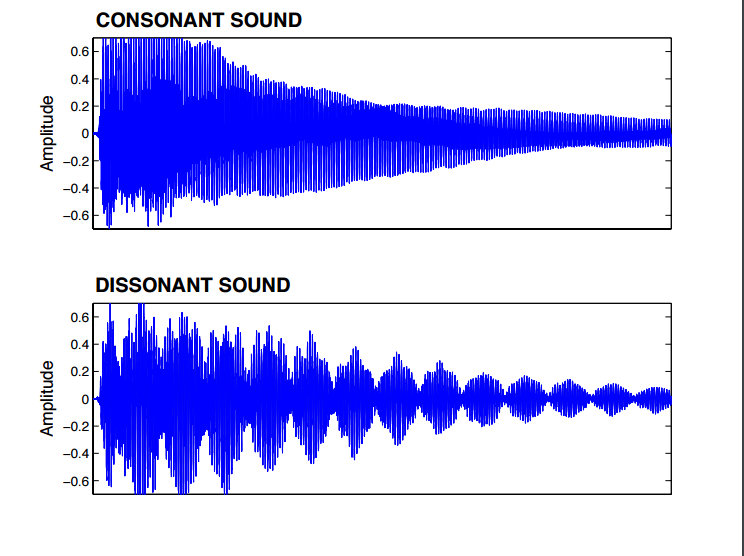The perception of musical consonance is inherent in humans and helps us in the learning of abstract patterns
The perception of musical consonance is inherent in humans and helps us in the learning of abstract patterns
This is the result of research by Juan Manuel Toro and Paola Crespo, researchers of the Language and Comparative Cognition research group, who have published in the advanced edition of Journal of Comparative Psychology.
Knowing which are the human species’ inherent components in the processing of language and music is the line of research being carried out by Juan Manuel Toro, ICREA research professor at the Department of Information and Communication Technologies (DTIC) and head of the research group on Language and Comparative Cognition (LCC) at the Center for Brain and Cognition at UPF, in the framework of the starting grant awarded by the European Research Committee to carry out the project: “Biological Origins of Linguistic Constraints” (2013).

Juan Manuel Toro, in conjunction with Paola Crespo Bojorque, researcher of the LCC research group, published on 14 April in the advanced edition of Journal of Comparative Psychology, a study that has revealed that humans appreciate consonance in the processing of musical harmony, an aspect of music that other living beings cannot perform, as demonstrated in a mouse model.
Musical consonance is a pleasant experience in humans
Throughout history, music has been one of the most widespread manifestations in all cultures. In music, harmony is the study of the sounds that occur simultaneously, that is to say, chords. In a harmonic interval, two sounds that are heard at the same time can produce two different sensations in the listener: consonance and dissonance. As Toro explains, “a very interesting aspect is that we humans tend to perceive consonant chords as being pleasant and dissonant ones as unpleasant”.
The experimental design of the research by Toro and Crespo consisted of several experiments of learning abstract patterns, with a mouse model (Rattus norvegicus) in comparison with humans, with consonant or dissonant musical stimuli.
 The experience of harmony in music, absent in animals, seems to be fundamental in order to benefit from the consonance, as is clear from the results of the study that highlights that humans learn abstract patterns more easily with the help of consonant chords than with annoying dissonant chords. By contrast, in non-human animals, it is shown that consonance does not have any effect on the learning of abstract patterns. They learn the patterns with the same ease with both consonant and dissonant chords.
The experience of harmony in music, absent in animals, seems to be fundamental in order to benefit from the consonance, as is clear from the results of the study that highlights that humans learn abstract patterns more easily with the help of consonant chords than with annoying dissonant chords. By contrast, in non-human animals, it is shown that consonance does not have any effect on the learning of abstract patterns. They learn the patterns with the same ease with both consonant and dissonant chords.
Reference work:
Crespo-Bojorque, P., & Toro, J. M. (2016), “Processing Advantages for Consonance: A Comparison Between Rats (Rattus norvegicus) and Humans (Homo sapiens)”, Journal of Comparative Psychology. Advance online publication.http://dx.doi.org/10.1037/com0000027, 14 April.
